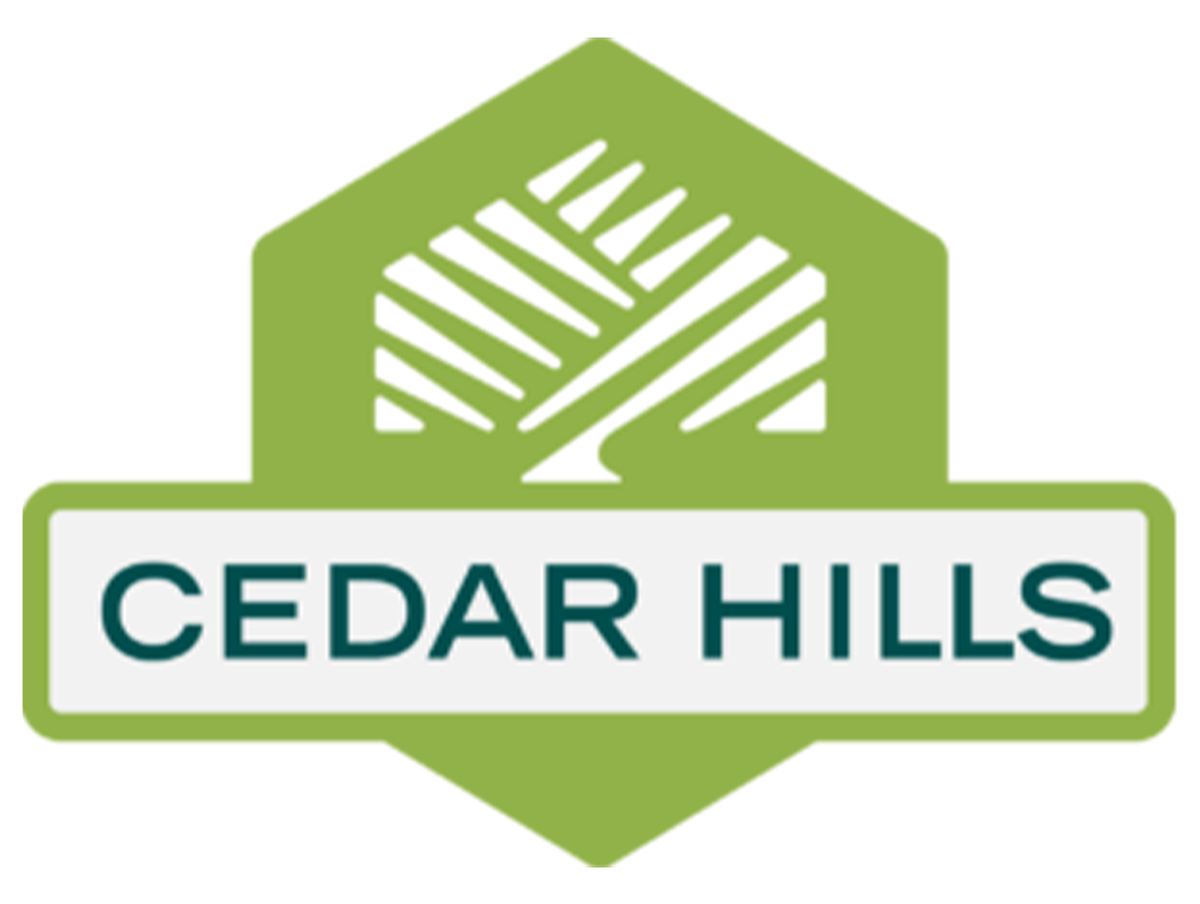Radon Awareness
Overview and Statistics
What is radon? Radon is a radioactive gas that you can’t smell, taste, or see. Radon is naturally emitted from the decay of uranium in the ground. The U.S. Surgeon General has warned that radon is the second leading cause of lung cancer, next to smoking.
In Utah, one in three homes may have radon levels over the suggested Environmental Protection Agency (EPA) limit of 4.0 pico curies per liter (pCi/L). In fact, in the City of Cedar Hills, one out of every two homes may have dangerous levels of radon lurking in our basements without our knowledge (radon.utah.gov). The radiation emitted by radon is the same radiation that comes from other radioactive sources such as plutonium.
Radon is estimated to cause 20,000 deaths in the U.S. each year. Lung cancer risk rises 16% for every 2.7 pCi/L increase in radon exposure (World Health Organization, 2009). Even at the EPA acceptable limit of 4.0 pCi/L, a person is exposed to approximately 35 times as much radiation as would be allowed if that person was standing next to the fence of a radioactive waste site!
Testing and Mitigation
The only way to know if you have high levels of radon in your home is to test. Test kits can be purchased at most hardware stores or ordered online through radon.utah.gov. The kits cost around $8-$15 and take about two to three days to complete the test. Be sure to read and follow the instructions on the test kit thoroughly.
What now? If radon levels are high, first, relax! Radon levels can be lowered inside every home to a safe level. Radon mitigation systems can be installed for about the same cost as other common home repairs. A list of certified installers can be found at radon.utah.gov. For more information from the Huntsman Cancer Institute please visit: healthcare.utah.edu/huntsmancancerinstitute and search “radon.”
Sources: Utah Radon Program (radon.utah.gov), World Health Organization (WHO), Air Check INC (radon.com)
Submitted by Spencer H. Anderson
